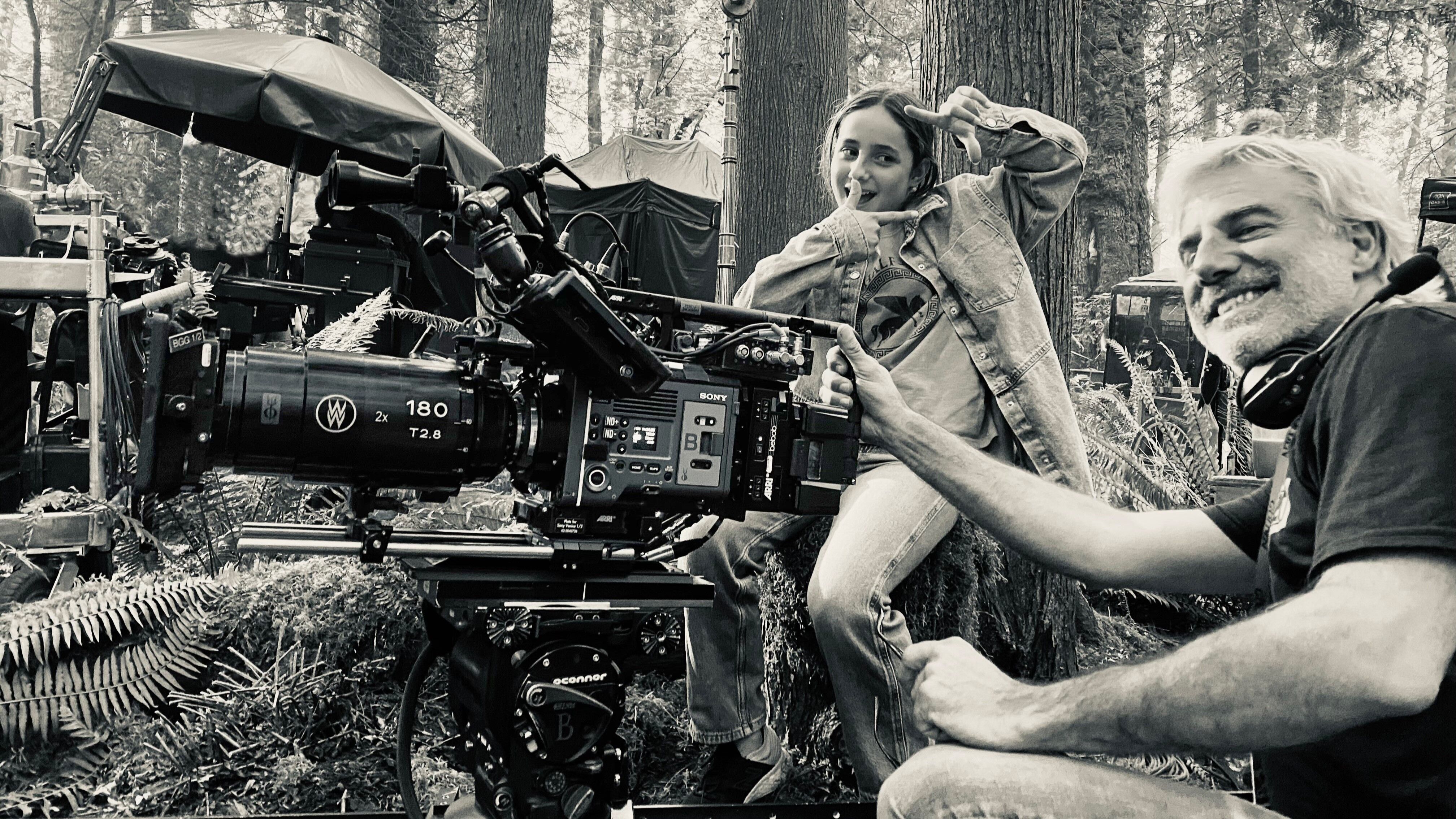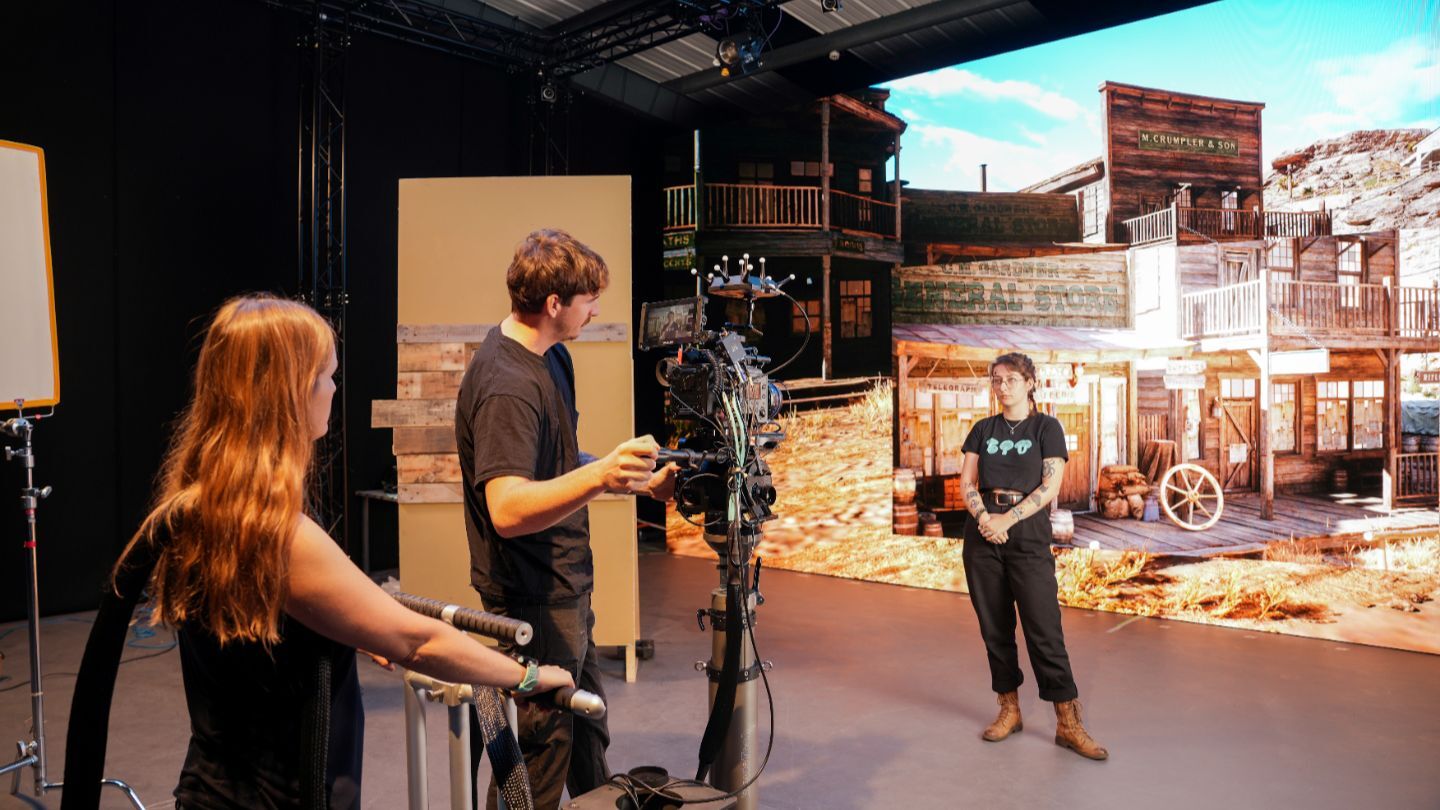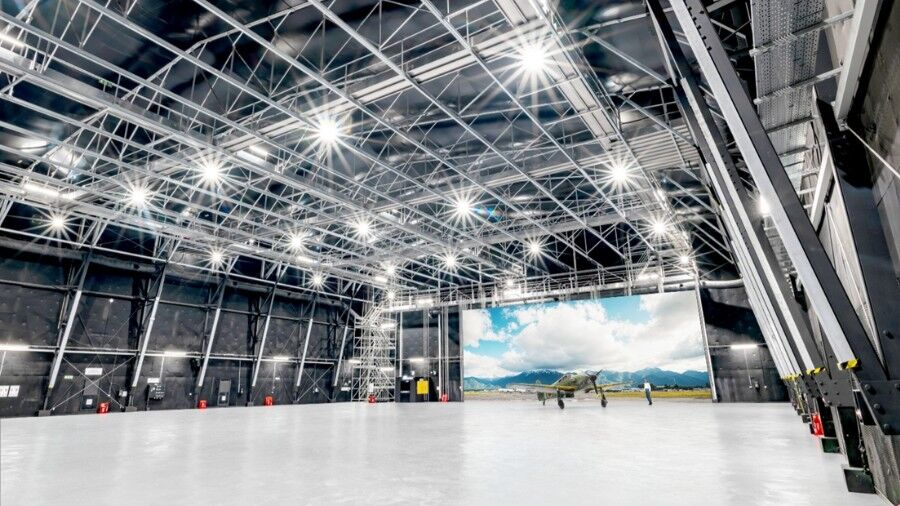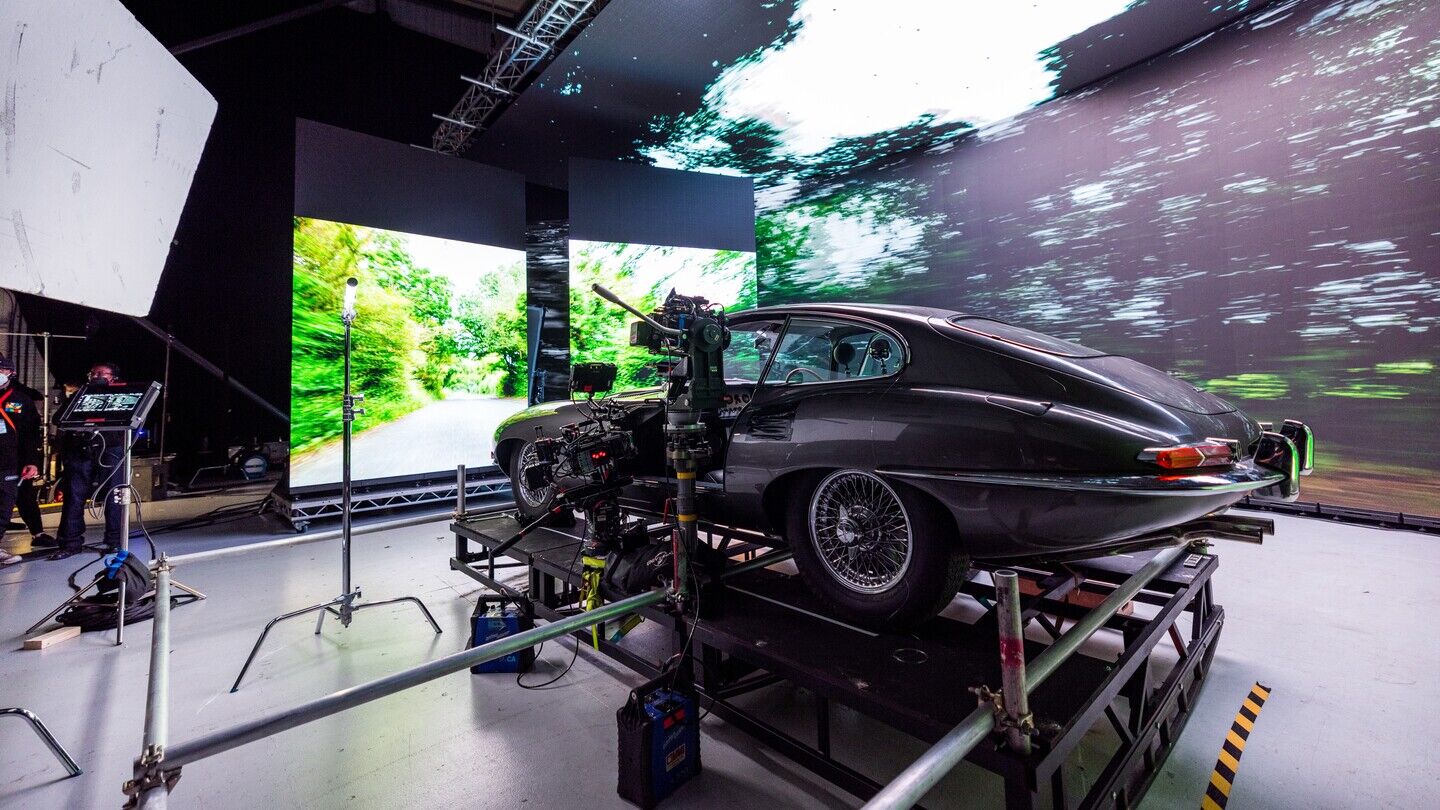The experience of cinematographer Pierre Gill on Disney series ‘Percy Jackson’ showed that lighting for an extensive shoot in a Volume is still work in progress, writes Adrian Pennington.
New Disney+ series Percy Jackson and the Olympians, is about a 12-year-old boy who learns he is a demigod and subsequently has to avoid being captured by minotaurs. However, the tone demanded by the producers was one of realism.
“We’re not doing Avengers or some superhero style – this is a road movie about a young boy on a journey,” explained Pierre Gill, ASC, CSC who shot the pilot episode and the last three episodes of the eight-part series.
The show is based on Rick Riordan’s best-selling book and follows Percy (Walker Scobell) on his quest to...
You are not signed in
Only registered users can read the rest of this article.

Behind the scenes: Hamnet
Look, lighting and camera movement were stripped back to basics by cinematographer Lukasz Żal to create the stage for Shakespeare’s personal tragedy.

Behind the scenes: The Running Man
Scenes structured like Russian nesting dolls present Editor Paul Machliss with a challenge in completing this deadly reality TV show.
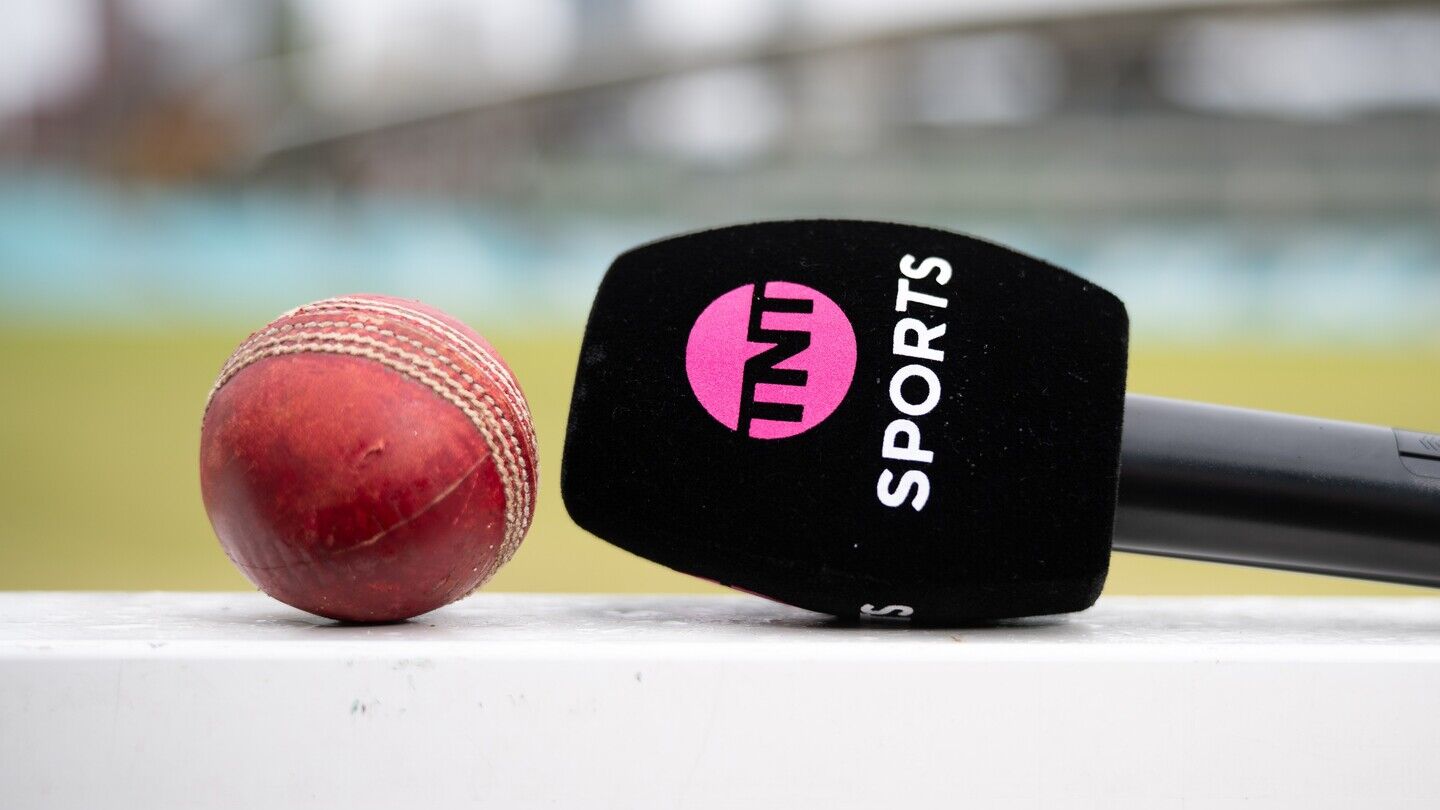
TNT Sports and The Ashes: “We need to be at the heart of the story”
TNT Sports takes a hybrid approach as England’s cricket team heads down under with a sporting chance of returning with a little urn. Adrian Pennington reports.

Behind the scenes: Frankenstein
Cinematographer Dan Laustsen tells IBC365 why he and Guillermo del Toro turned the classic nightmare, Frankenstein, into a love story of ice and warmth between father and son.
Behind the scenes: Good Boy
From casting his own dog as the lead to shooting at a dog’s eye level, first-time Feature Director Ben Leonberg has perfected a filmmaking process built entirely around a pet. The result? Critical acclaim and a viral smash for horror season.

